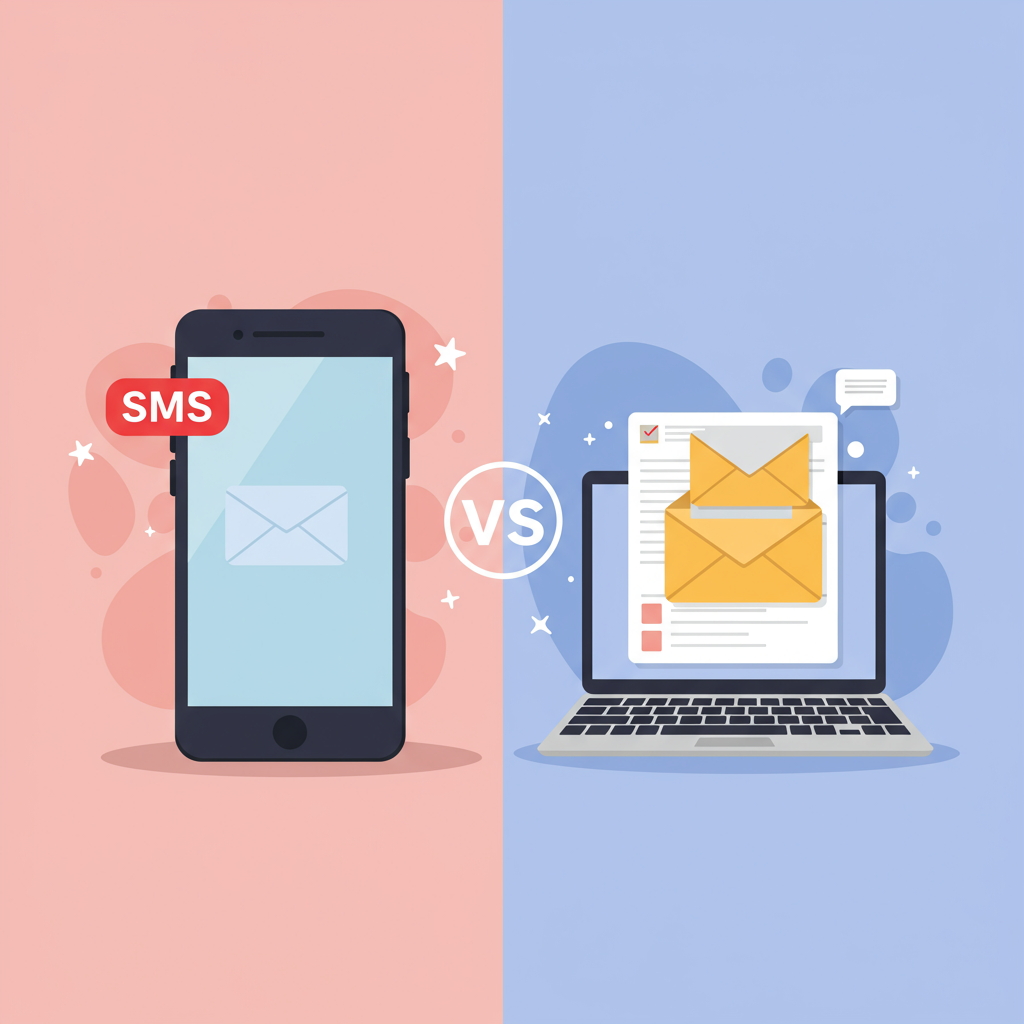A deep dive for Shopify merchants on leveraging email and SMS marketing to boost sales and customer engagement.
As a Shopify merchant, you’re constantly looking for ways to connect with your customers and drive sales.
Two of the most powerful direct marketing channels at your disposal are email and SMS.
A question I often hear is: ‘Which one converts better for my Shopify store?’
It’s a fantastic question, and one that doesn’t have a simple, one-size-fits-all answer.
Today, I want to dive deep into both email and SMS marketing, exploring their unique strengths, weaknesses, and how you can leverage them effectively to boost your Shopify conversions.
Let’s start by looking at email marketing, a long-standing pillar of digital communication.
Email allows for rich, detailed content. You can include high-quality images, product videos, customer testimonials, and extensive product descriptions.
This makes it ideal for storytelling, building brand loyalty, and educating your customers about new collections or complex products.
From a cost perspective, email is generally very cost-effective, especially as your list grows. The cost per send decreases significantly with scale.
Email platforms also offer robust analytics, giving you deep insights into open rates, click-through rates, conversion rates, and even individual customer behavior.
You can segment your audience with incredible precision, sending highly personalized messages based on purchase history, browsing behavior, or demographic data.
However, email marketing does have its challenges. Inboxes are often crowded, and standing out requires compelling subject lines and valuable content.
Open rates, while respectable, are typically lower than SMS, and messages can sometimes end up in spam folders, never reaching their intended recipient.
Now, let’s shift our focus to SMS marketing, a channel that has seen a significant resurgence in recent years.
The most striking advantage of SMS is its immediacy and incredibly high open rates, often hovering around 98%.
Text messages are usually read within minutes of being received, making them perfect for time-sensitive offers, flash sales, or urgent updates.
This directness creates a sense of urgency and personal connection that is hard to replicate with other channels.
SMS is concise by nature, forcing you to get straight to the point, which can be highly effective in our fast-paced world.
It’s excellent for quick notifications like shipping updates, order confirmations, or last-minute promotions.
On the flip side, SMS has strict character limits, meaning you can’t include the rich content or detailed explanations that email allows.
The cost per message can also be higher than email, especially for smaller lists, and building an SMS subscriber list often requires explicit opt-in, which can be a slower process.
Furthermore, the potential for intrusiveness is higher with SMS. Over-texting can quickly lead to unsubscribes and negative brand perception.
So, which one converts better? The truth is, it’s not a competition where one definitively ‘wins’ over the other in all scenarios.
Instead, it’s about understanding the unique strengths of each channel and deploying them strategically based on your specific marketing goals and customer journey.
SMS excels at driving immediate action and delivering urgent information, often leading to higher click-through and conversion rates for specific, time-bound offers.
Email, on the other hand, is unparalleled for nurturing leads, building long-term relationships, providing detailed information, and telling your brand’s story.
The real power lies in integrating both channels into a cohesive strategy. Think of them as complementary tools in your marketing arsenal.
For instance, you might use email for your initial welcome series, introducing new subscribers to your brand with rich content and multiple touchpoints.
Then, if a customer abandons their cart, an email reminder can be sent first, followed by a concise SMS reminder a few hours later if no action is taken.
For a flash sale, an email can announce the details and showcase products, while an SMS can serve as a ‘last chance’ reminder an hour before the sale ends.
Shipping updates are a perfect example of SMS efficiency, providing quick, reassuring notifications that customers appreciate.
You can also use email to encourage SMS opt-ins, offering exclusive deals for text subscribers, and vice-versa.
Segmentation is crucial for both. Use your Shopify customer data to determine which channel is most appropriate for a given message and customer segment.
Always ensure you have explicit consent for both email and SMS, adhering to regulations like TCPA, GDPR, and CCPA.
For email, focus on compelling subject lines, clear calls to action, mobile-friendly designs, and consistent branding.
For SMS, keep messages short, sweet, and to the point, always providing clear value and a direct link if needed.
Test different approaches, analyze your results, and iterate. What works for one Shopify store might not work for another.
Ultimately, both email and SMS are incredibly powerful tools for Shopify merchants.
The key isn’t to choose one over the other, but to understand how they can work together to create a seamless, effective customer experience that drives conversions.
By leveraging their individual strengths and integrating them thoughtfully, you can build stronger customer relationships and significantly boost your sales.
What do you think about this approach? I’d love to hear your thoughts on how you balance SMS and email in your own Shopify marketing strategy.






